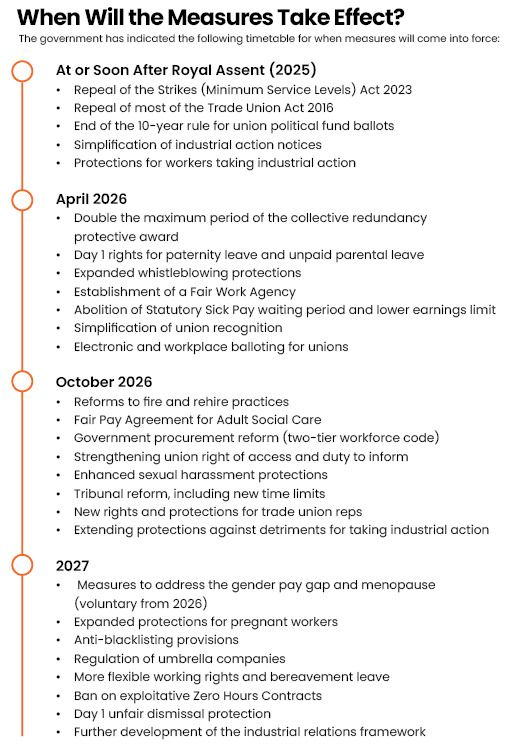Growth Structure and Impact. A Model for Growth
- msmithorganiser
- Feb 7, 2021
- 2 min read

The opposition from within unions to the hard graft of growing the union from the bottom up through organising can be committed and powerful.
The culture of managed decline through an internal blame factory is highly addictive. It is enticing to seek short term union power through begging it from employers, borrowing it from the media or buying it from politicians - as an alternative to building it collectively for ourselves.
One key indicator of where a union stands on organising is how it discusses and speaks about its plans for membership growth. You can today still hear discussion about the relative importance of union recruitment compared to servicing work for example, as if the two functions are distinct and separate.
You can still hear from parts of our organisations today that “retention is more important than recruitment” All too often from colleagues representing parts of the movement that have had little recent success at either.
It is important to tackle this head on if we are serious about changing our organisations and to commit to organising for growth. We must continue to explain that the work of persuading new members to join and of campaigning, negotiating for and representing members must be as closely linked as possible - and this is the first foundation stone to a commitment to organising.
Our history shows plainly that in periods where we unite these as collective functions we grow in membership, influence and power – and decline when we adopt sales techniques that seek to present the union to individuals as a product rather than a process.
Key to uniting the union around the collective principle is having a shared method of assessing success that can be applied to every function of the union, yet is flexible enough to accommodate the different paid and voluntary roles.
A statement of intent from the union that seeks to unite every member and employee around a shared understanding of what we are for, and how we wish to be held to account. A model to unite the union “firelighters” with the union “firefighters”.
A good model to do this is the Growth Structure Impact approach where every organising, industrial and bargaining operation, function or project is assessed by the same broad measure:
How it has achieved a combination of the following: measurable growth in membership; a measurable increase in the numbers of activist and the effectiveness of union representative structures; and an impact on the lives of union members that they can touch, see and talk to none union members about.
We aim to shake ourselves free from the complacency that drags us in a downward spiral and fully realise that our future as unions has more to do with the collective choices we make than the individual chances we take.



Comments